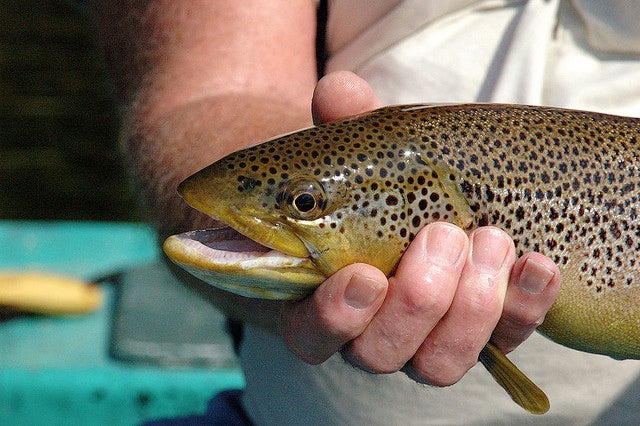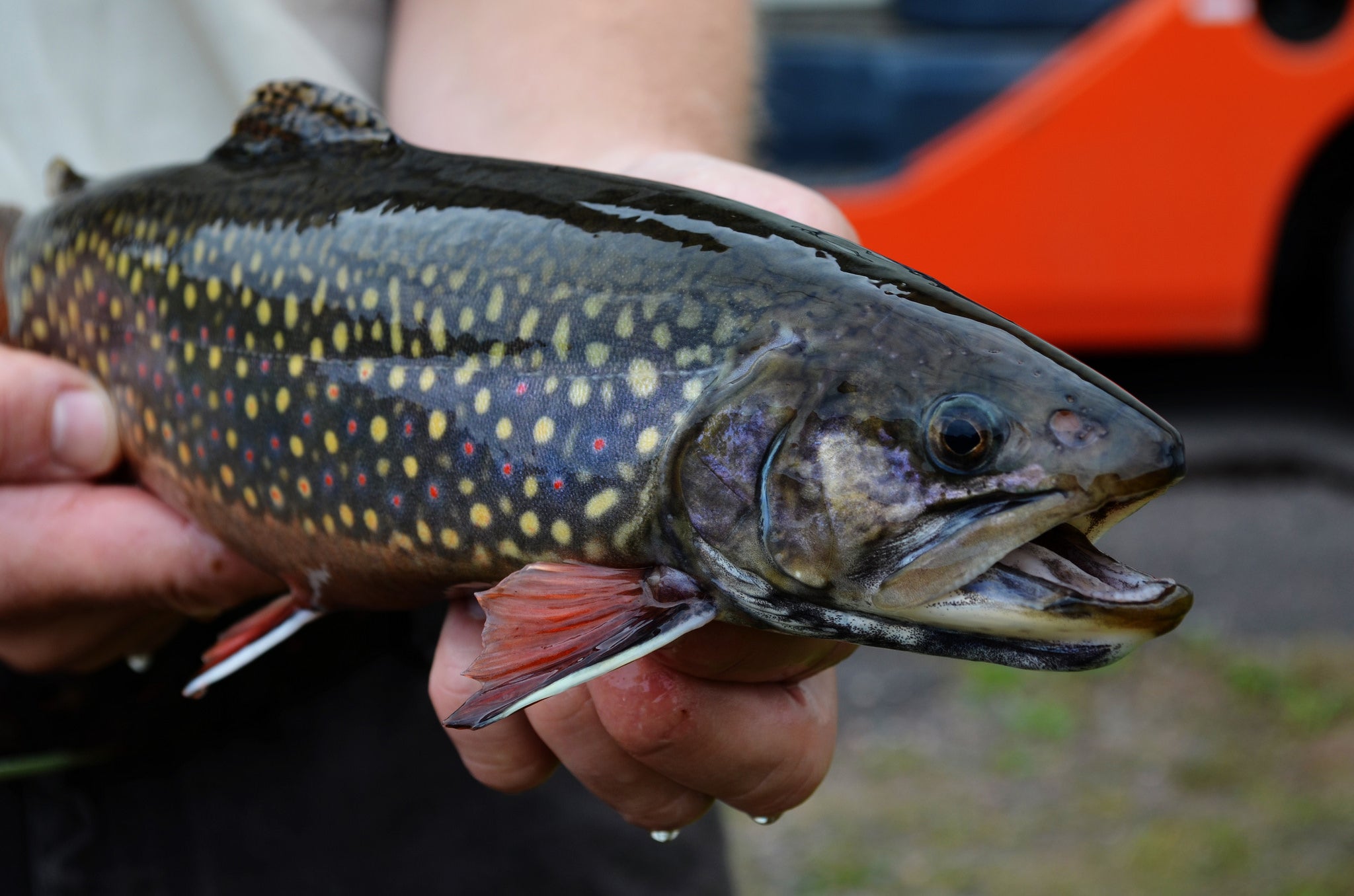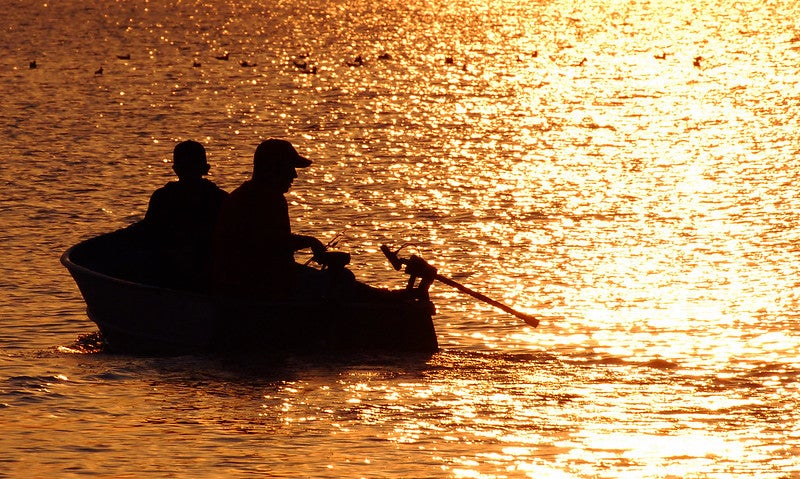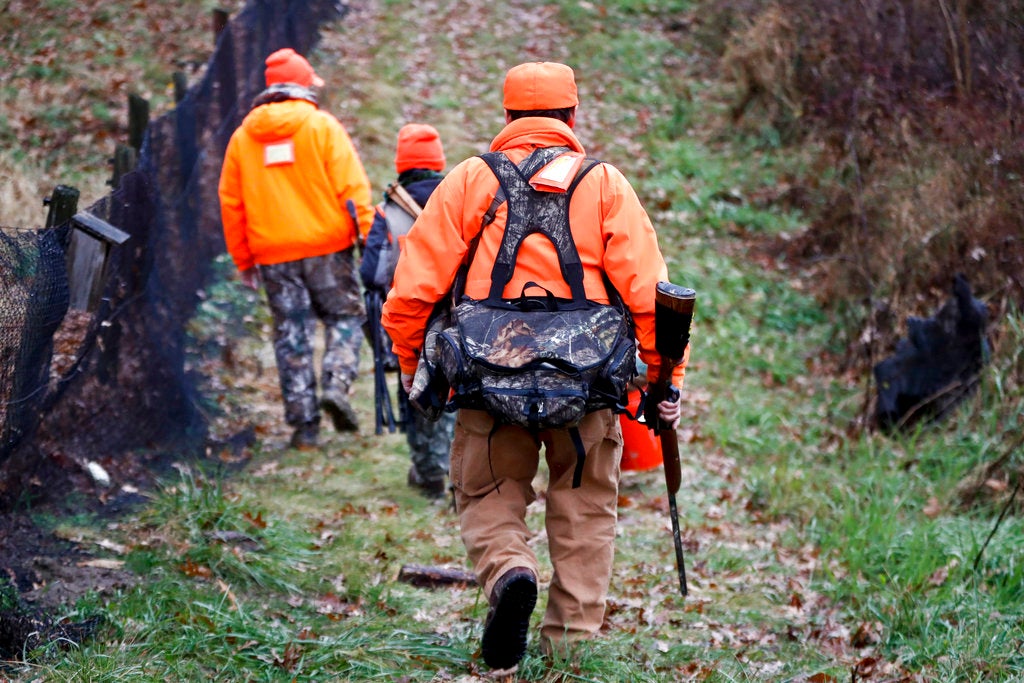The Department of Natural is loosening some of its recommended restrictions on eating fish from Lake Michigan, but tightening restrictions on some northern inland lakes.
The agency says recent testing of fish contamination has led to mixed results. In Lake Michigan, levels of PCB in fish have declined. The DNR says that all people can safely eat one meal of brown trout per month, whereas previously, Lake Michigan trout longer than 27 inches were not considered safe.
Candy Schrank, an environmental toxicologist with the DNR, said that since PCBs were banned in the 1970s, cleanup efforts and changes in fish behavior have led to less toxic fish.
Stay informed on the latest news
Sign up for WPR’s email newsletter.
“They’ve declined over the years, probably from the remediation, the removal of the PCBs from the environment,” said Schrank. “Also the decline has been attributed to some degree to changes in the forage base of the fish.”
The DNR has also tightened restrictions on eating certain species from some northern Wisconsin lakes in Ashland, Langlade, Sawyer, Oneida and Columbia counties. For example, people are urged not to eat more than one meal of carp from the Portage Canal per month.
Schrank said mercury contamination is the biggest issue for inland lakes.
“We also had to add some exceptions for some of our northern lakes where either it’s new data, the lake was never tested before, or we’re updating the information that we had where the data might have been from several years ago,” she said.
The DNR says eating fish from Wisconsin lakes is safe but that anglers should know what restrictions there may be on specific lakes.
Wisconsin Public Radio, © Copyright 2024, Board of Regents of the University of Wisconsin System and Wisconsin Educational Communications Board.




